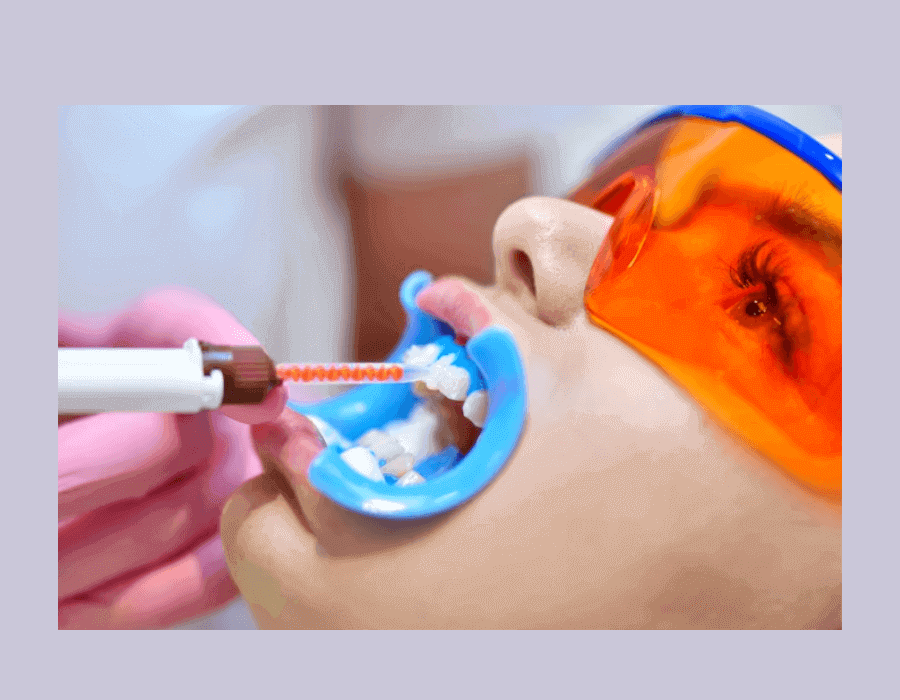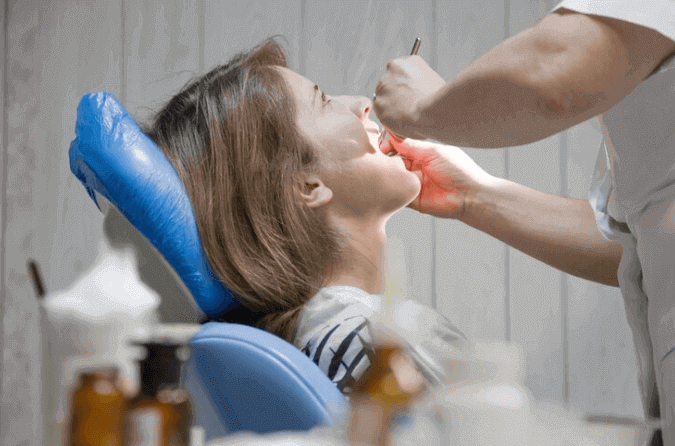
Tooth Cupping: Causes, Symptoms, and Expert Dental Advice
A healthy smile can light up a room, but when dental issues like tooth cupping come into play, it’s time to get informed and take action. In this comprehensive guide, we’ll delve deep into the world of tooth cupping, exploring its causes, symptoms, and providing expert dental advice to keep your pearly whites in top-notch condition. By the end of this article, you’ll not only understand what tooth cupping is but also have a game plan to protect your precious teeth.
Understanding Tooth Cupping
What is tooth cupping? It, scientifically known as non-carious cervical lesions, is a common dental condition that manifests as small, crater-like depressions or notches near the gumline on your teeth. These lesions can occur on the surface of your teeth, most commonly at the neck or roots, and are typically painless. While they may seem innocuous, if left untreated, they can lead to more severe dental issues.
Causes of Tooth Cupping
1. Erosion and Abrasion One of the primary causes of this is erosion and abrasion. Consuming acidic foods and beverages, along with aggressive brushing, can gradually wear away the protective enamel, leaving your teeth vulnerable.
2. Tooth Grinding Bruxism, or teeth grinding, can also contribute to tooth cupping. The constant pressure and friction on your teeth can lead to enamel loss, making your teeth more prone to these lesions.
3. Poor Oral Hygiene Neglecting proper dental care is another culprit. Plaque buildup at the gumline can create a breeding ground for tooth cupping to develop.
Recognizing Symptoms
1. Sensitivity It can lead to tooth sensitivity. You may feel uncomfortable when consuming hot or cold foods and drinks.
2. Visible Notches The most apparent sign is the presence of small, V-shaped notches at the gumline of your teeth. These notches are often the first indicator of tooth cupping.
3. Discoloration As enamel wears away, you might notice discoloration or staining on the affected teeth, further emphasizing the importance of early intervention.
Preventing Tooth Cupping
1. Maintain Good Oral Hygiene Regular brushing, flossing, and professional dental cleanings are essential for prevention.
2. Dietary Choices Be mindful of your diet. So, you should reduce the consumption of acidic foods and beverages. If you do consume rinse your mouth with water afterwards.
3. Soft Bristle Toothbrush Switch to a soft-bristle toothbrush and practice gentle brushing techniques to avoid enamel erosion.
4. Nightguards If you’re prone to bruxism, consider using a nightguard to protect your teeth while you sleep.
Expert Dental Advice
Regular Dental Check-Ups Visiting your dentist regularly is crucial for early detection and management of tooth cupping. They can provide personalized advice and treatments to address the condition.
Fluoride Treatments Your dentist may recommend fluoride treatments to strengthen your enamel and prevent further erosion.
Dental Bonding In more severe cases, dental bonding may be necessary to fill the notches and protect your teeth from further damage.
Customized Oral Care Plan Work closely with your dentist to create a customized oral care plan tailored to your specific needs and concerns.
Conclusion
Tooth cupping is a dental concern that shouldn’t be taken lightly. Understanding the causes, recognizing symptoms, and following expert dental advice are key to preventing and managing this condition effectively. By taking proactive steps and partnering with your dentist, you can ensure your smile remains radiant and healthy.
Remember, a beautiful smile is an asset that deserves the best care. Don’t let tooth cupping stand in the way of your confident grin. Start implementing these recommendations today, and you’ll be well on your way to preserving your dental health for years to come.
In summary, this article has provided you with a comprehensive understanding of tooth cupping, its causes, symptoms, prevention, and expert dental advice. Armed with this knowledge, you can now take control of your dental health, ensuring that your smile continues to light up the room for years to come.





